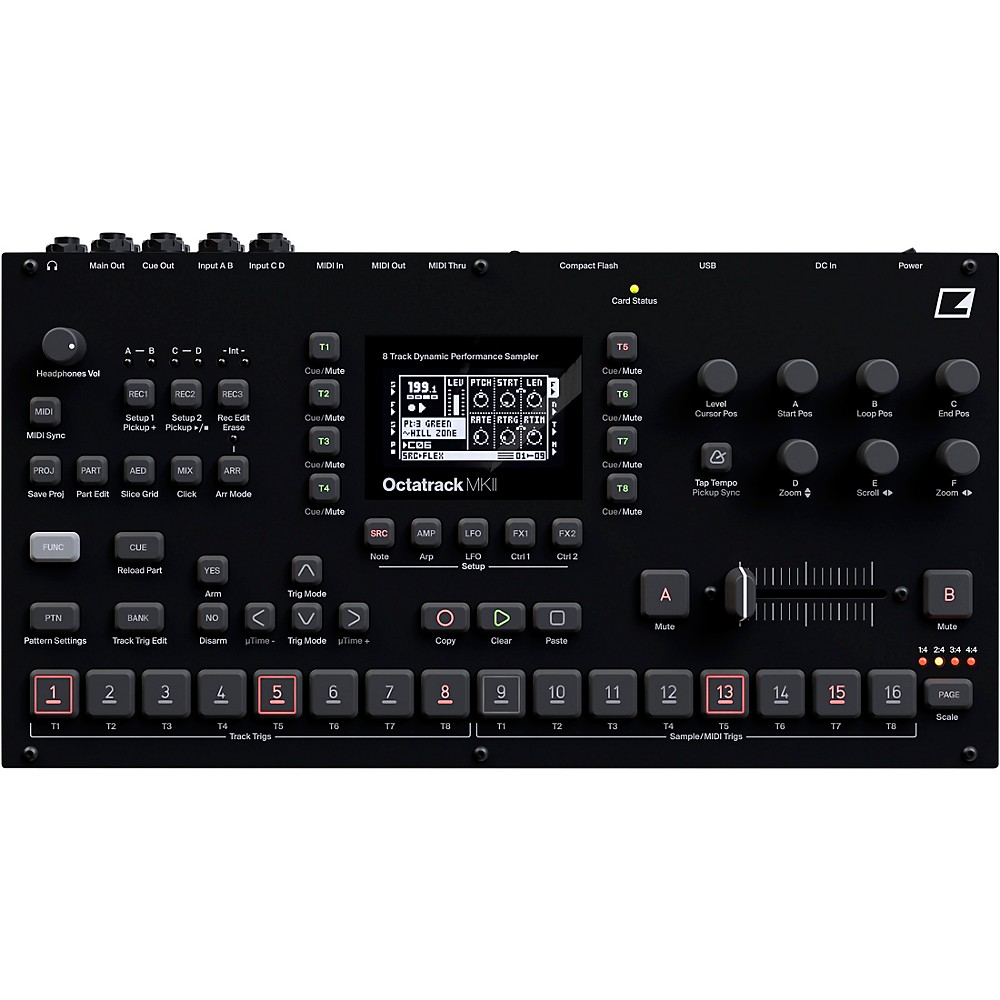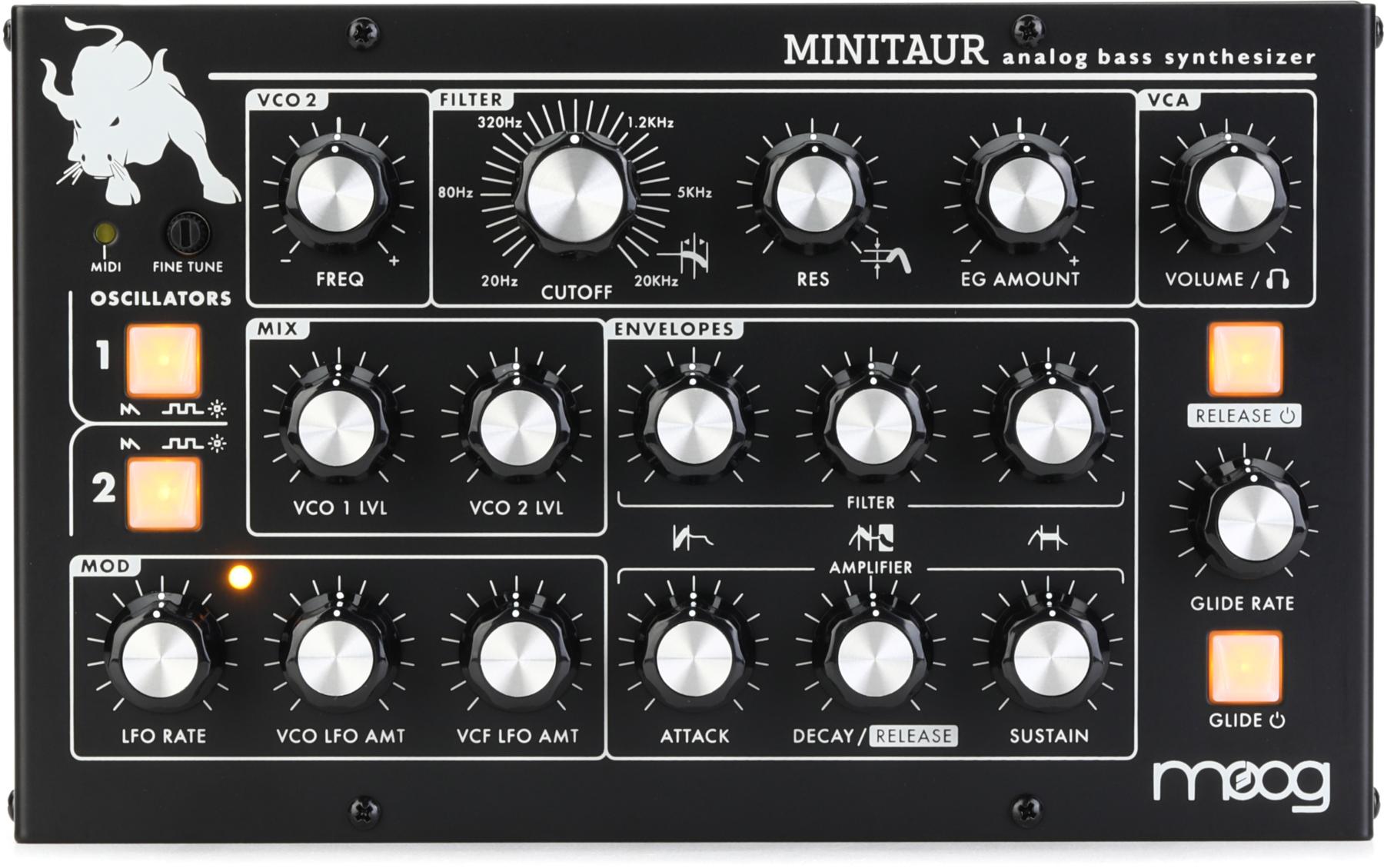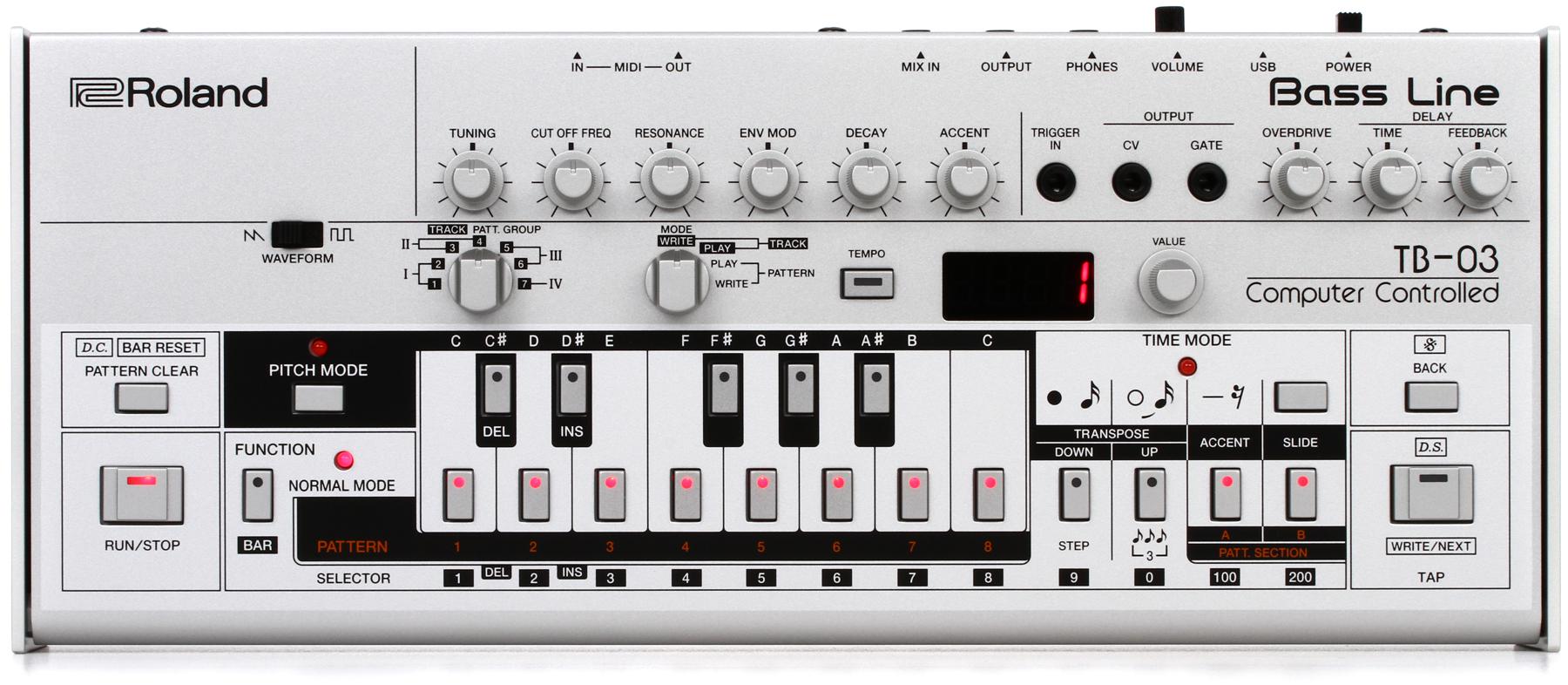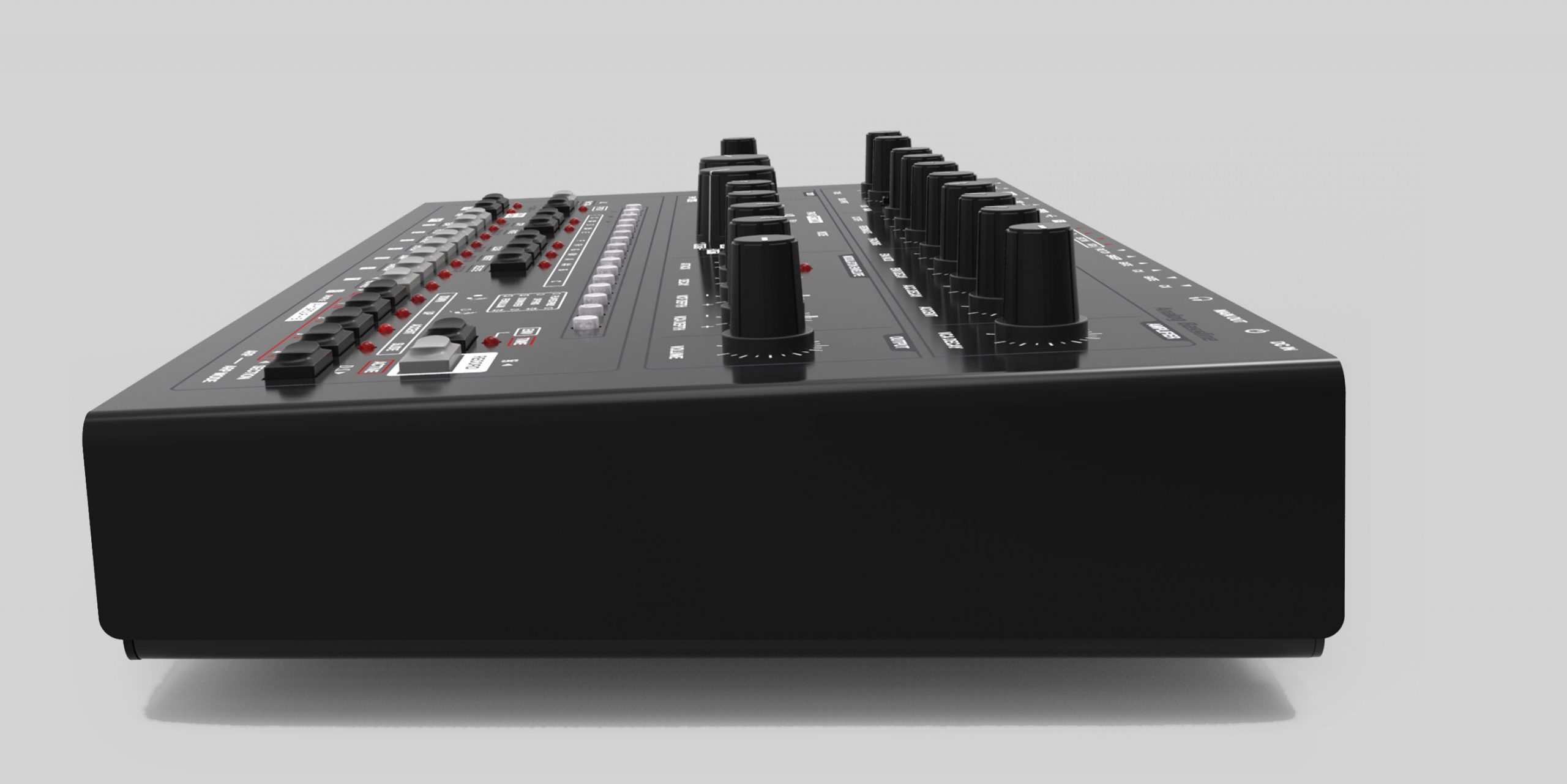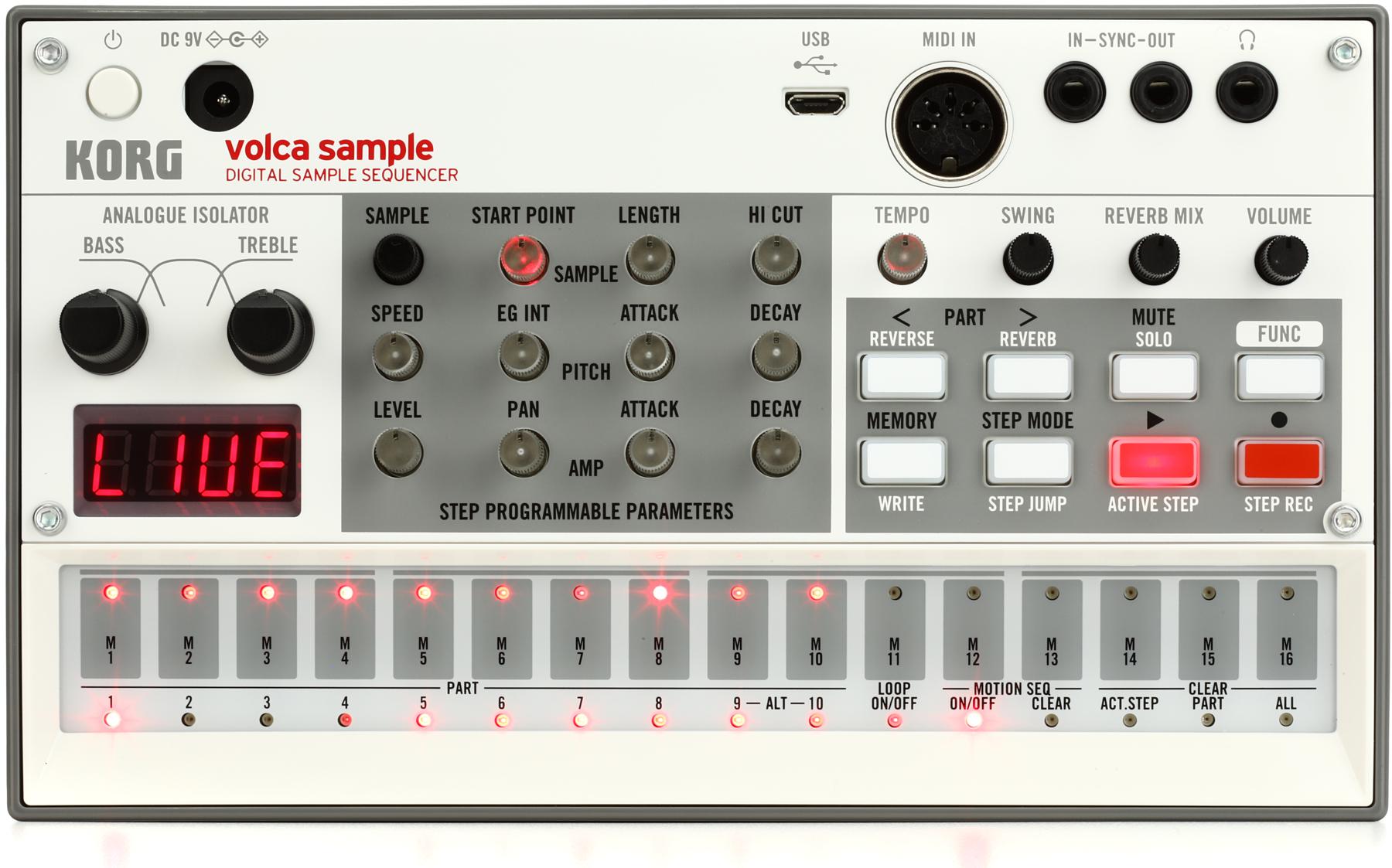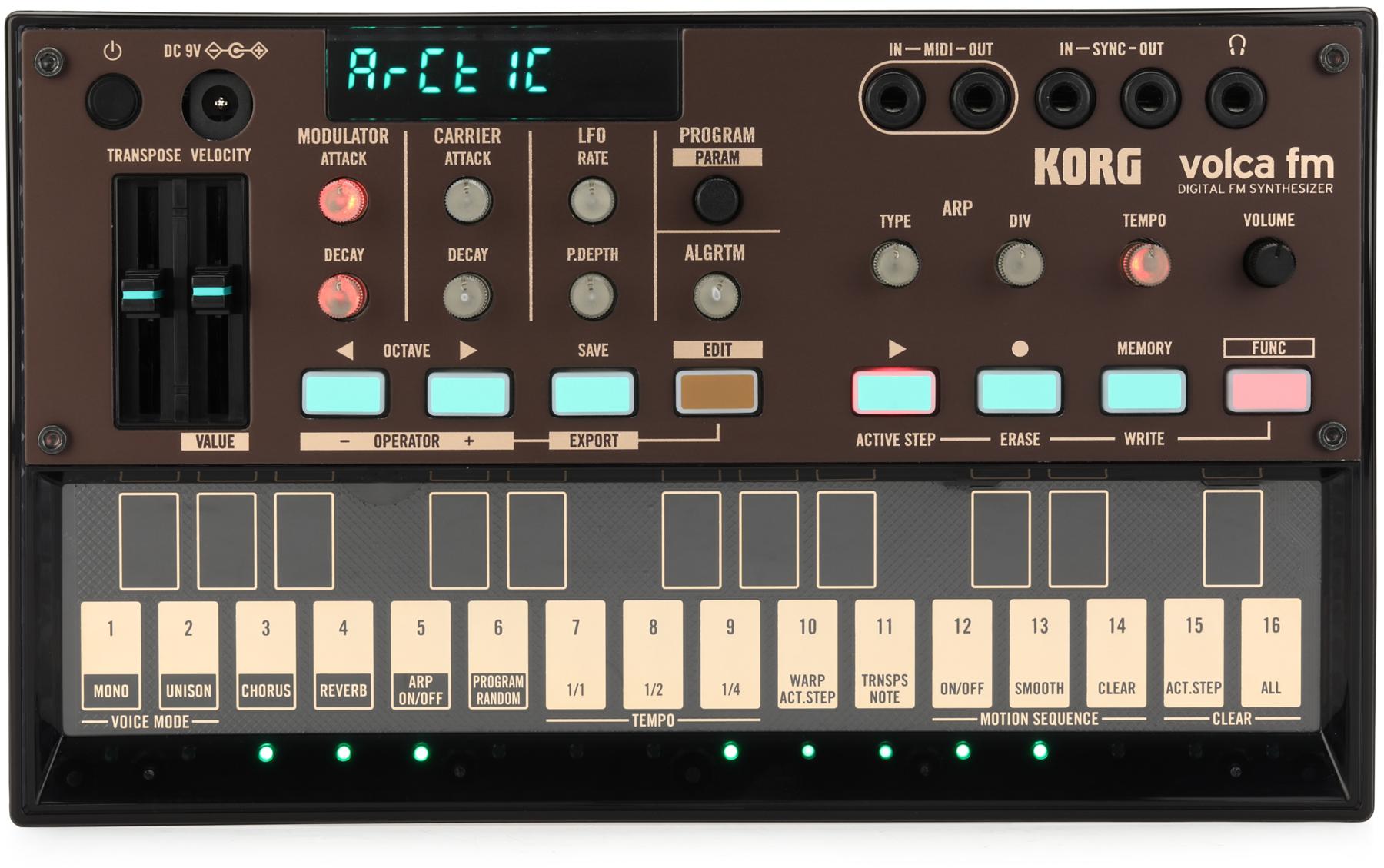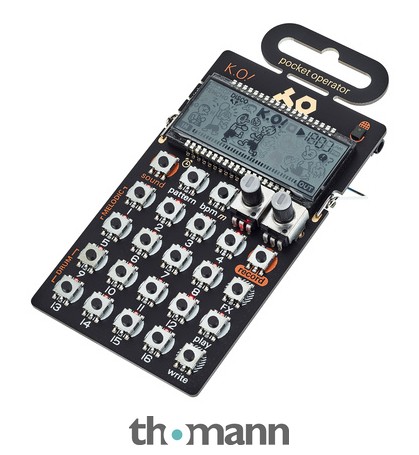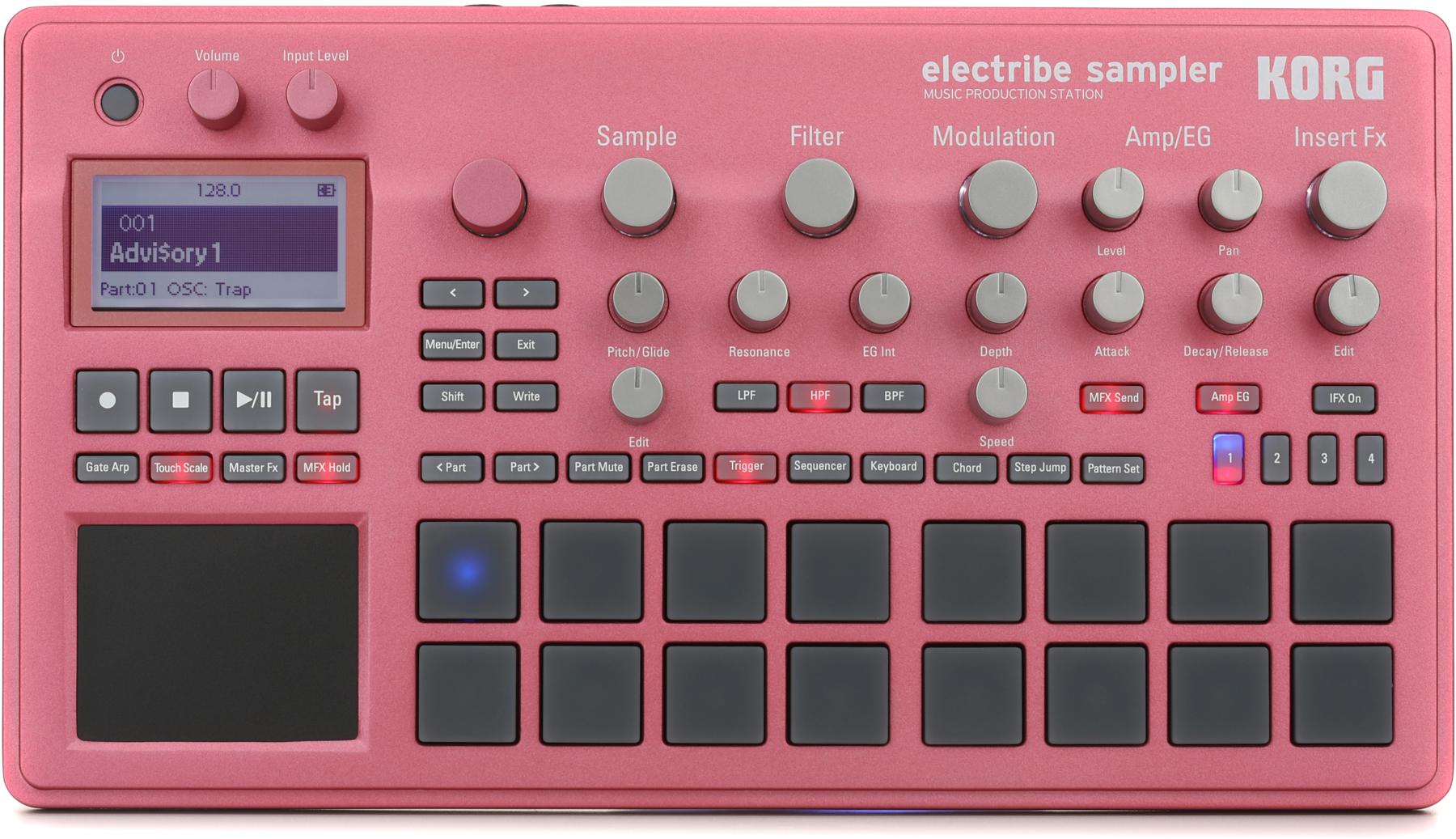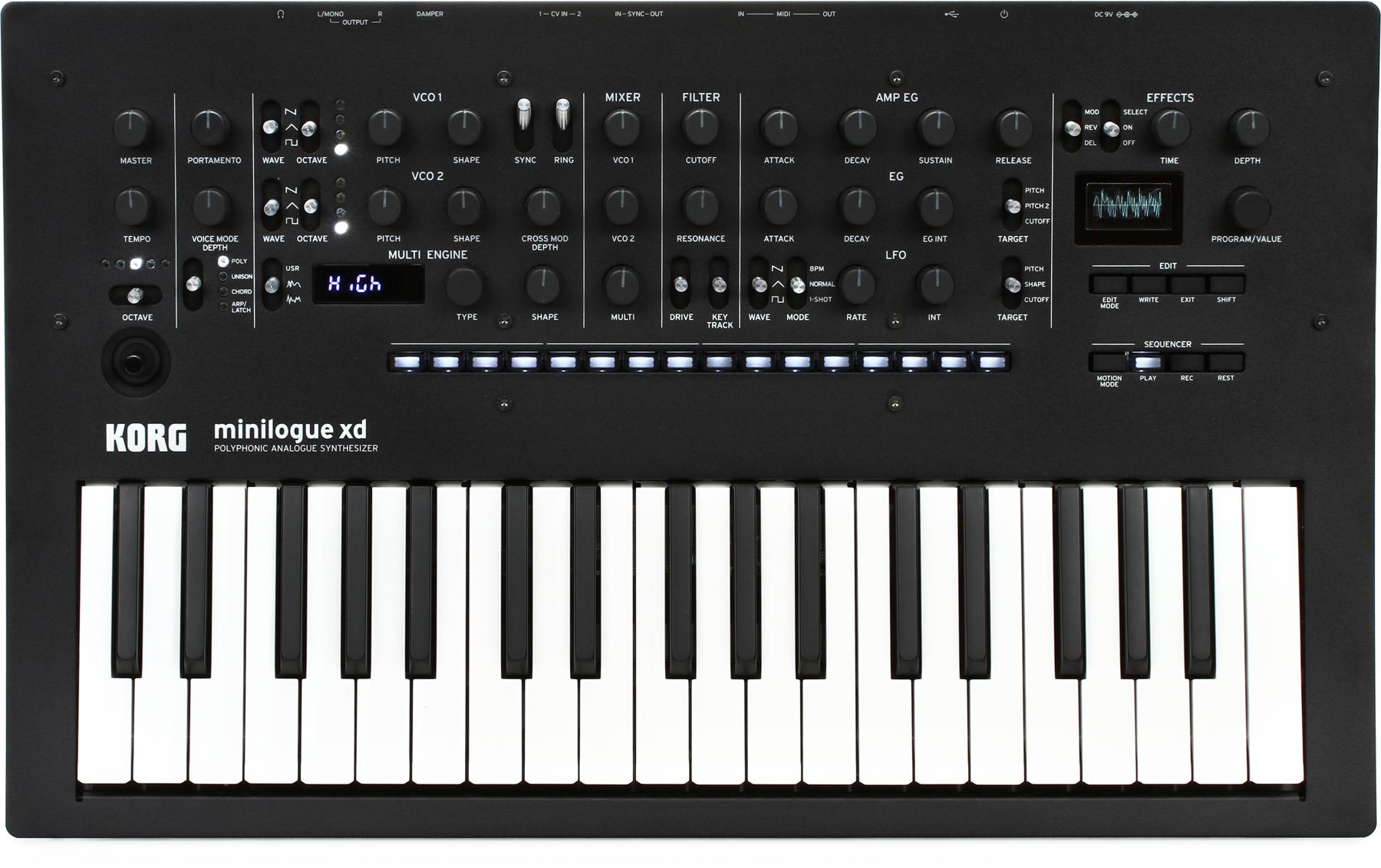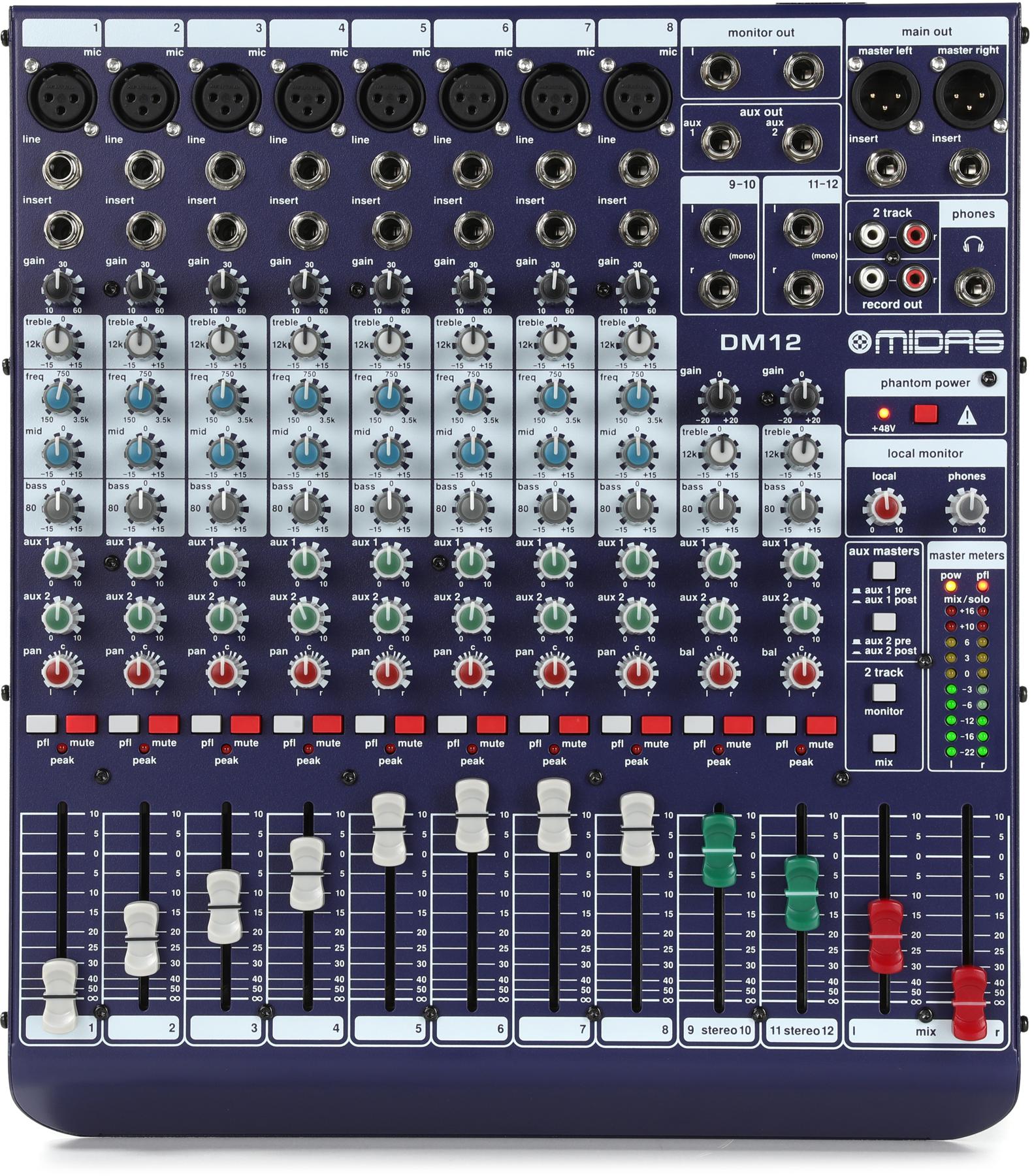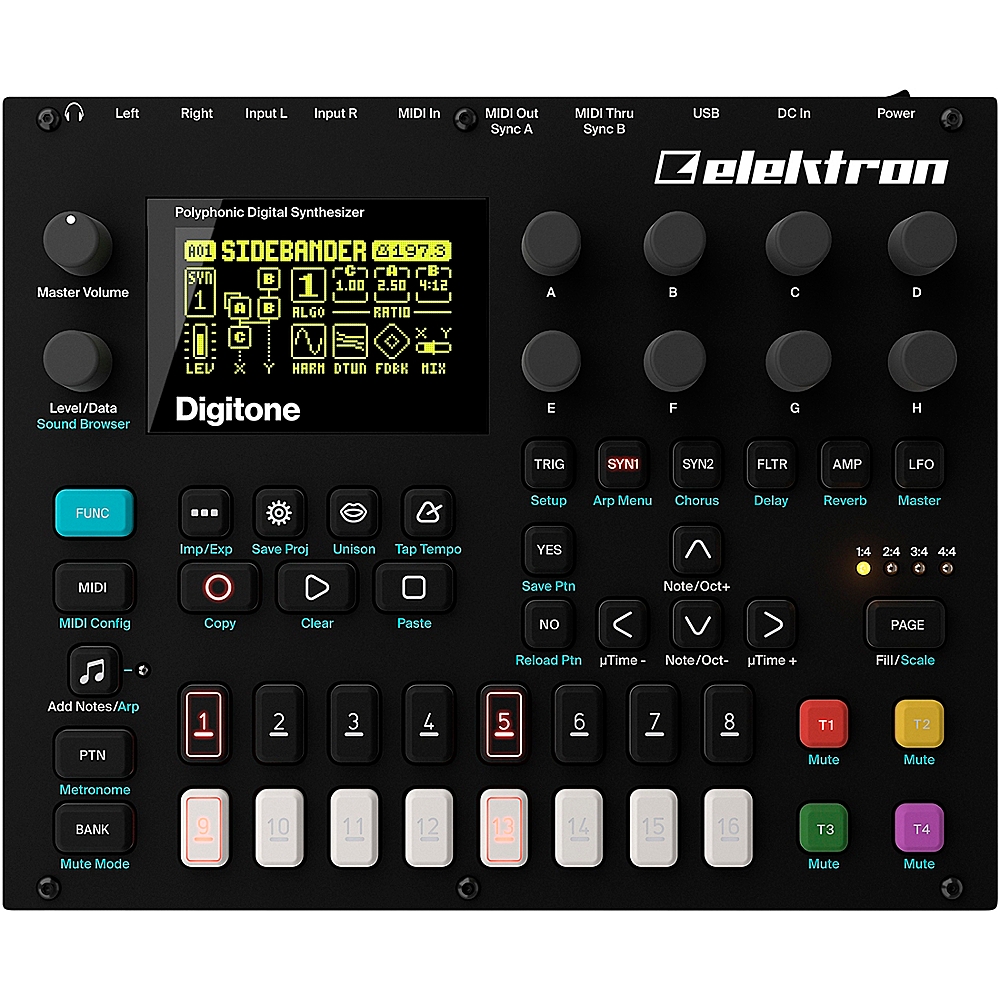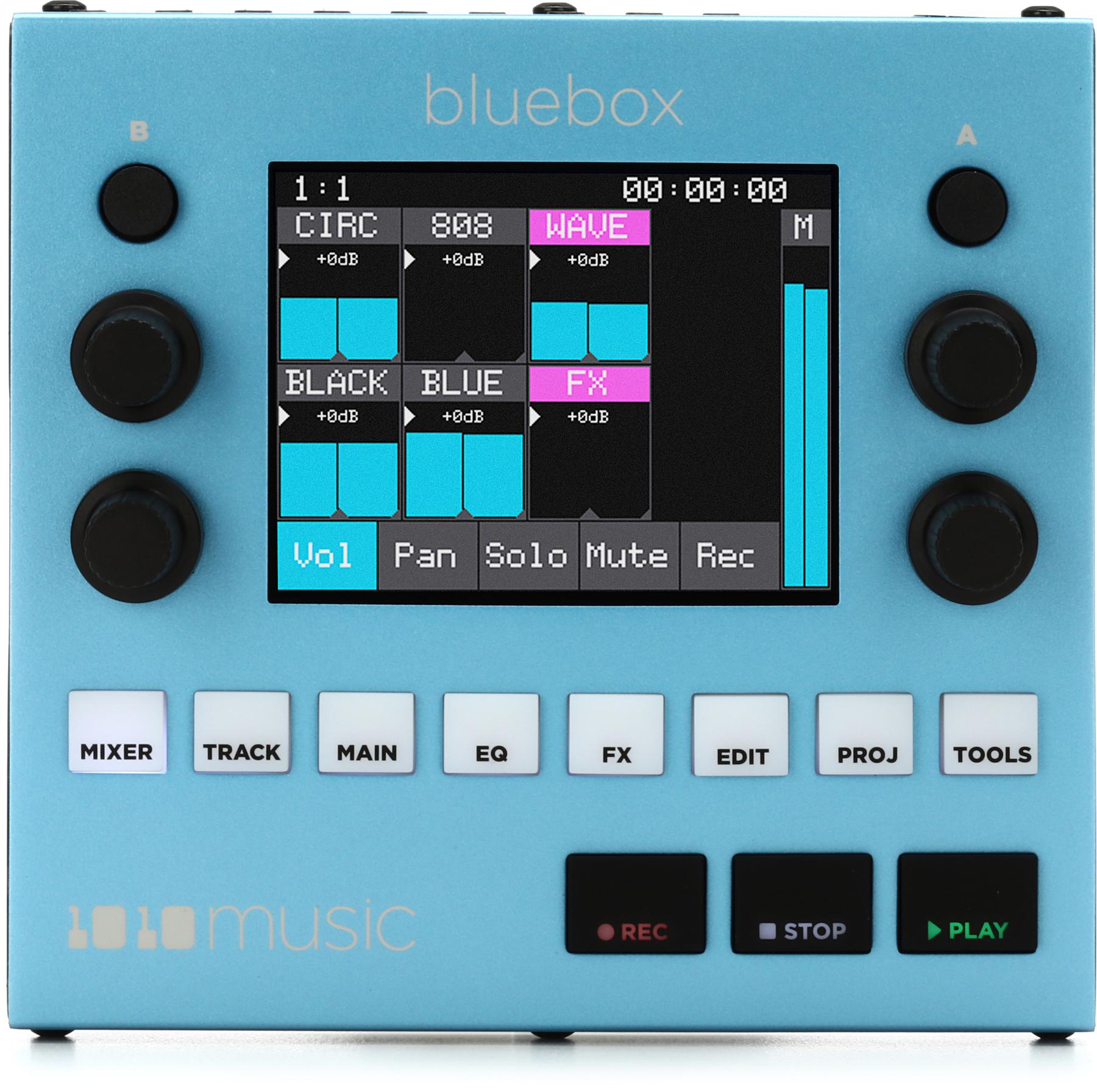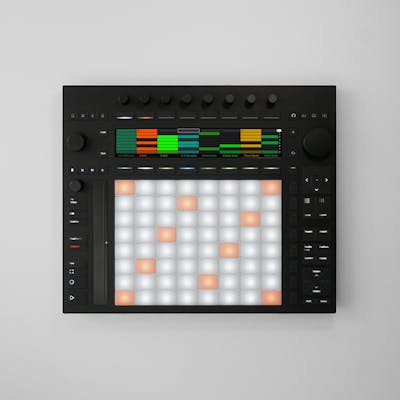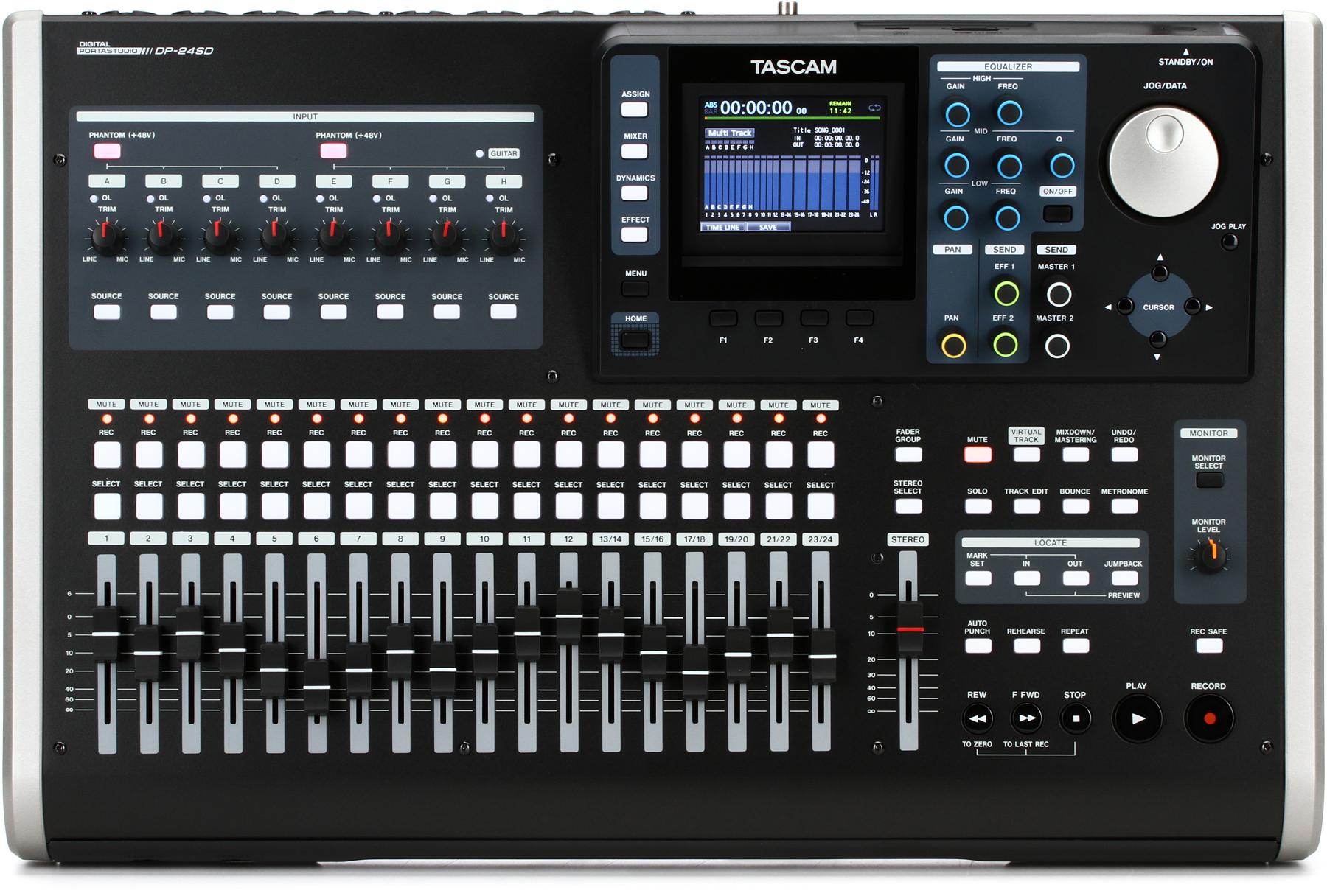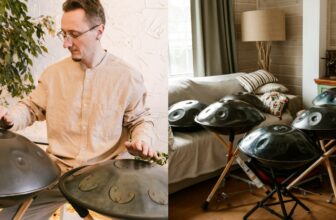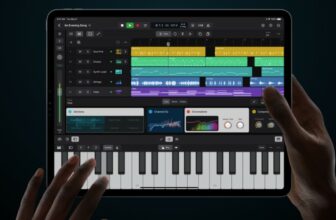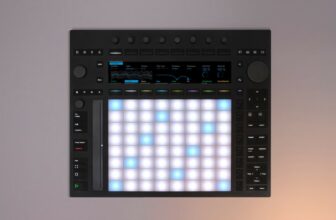How to Make Music Without a Computer (10 DAWless Setups)
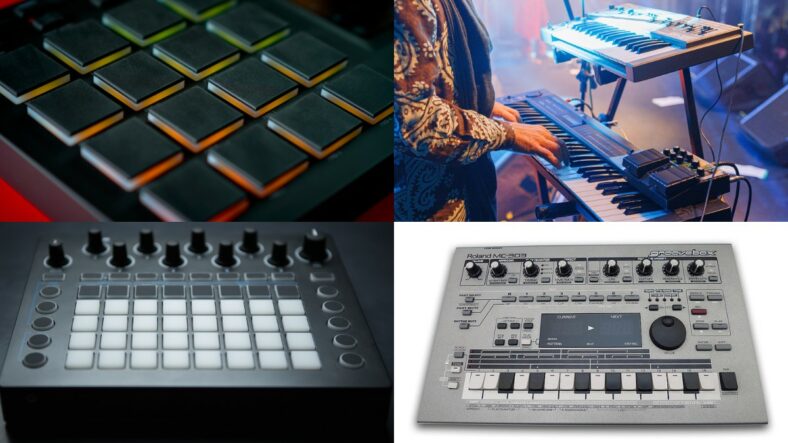
A DAWless setup is a structure for composing and performing electronic music without a digital audio workstation (DAW) such as Ableton Live or Logic Pro. It’s useful for people who don’t have a DAW or those that find them uninspiring or challenging to use.
In this article, I will talk about the pros and cons of DAWless music and share 10 specific tried-and-tested DAWless setups with you.
Contents
10 of the best DAWless setups
For this list of 10 of the best DAWless setups, I’ve selected a series of tried-and-tested combos that have been posted online. Use these as inspiration to get your creativity flowing!
1. A minimal but powerful DAW setup
What do you need?
Described as the “perfect minimal DAWless setup” by the music YouTuber Ricky Tinez, this combo is made up of just three pieces of gear but has nearly limitless music-making potential.
The Elektron Octatrack MKII works as a full-fledged drum machine with a built-in sequencer, while the Moog Minitaur is in charge of the melodies and basslines. Everything goes through the Novation Circuit Groovebox, the “brain” of the entire operation, which is used for launching loops, toggling sounds, changing between tracks, and adding effects.
2. The ideal Novation Circuit combo
What do you need?
There’s no question that the Novation Circuit Groovebox is a DAWless-setup classic, and you’ll probably understand why after watching this Chad Kay video. The Circuit alone makes for a decent DAWless setup, but it’s better when paired with an analog-sounding synthesizer such as the Roland TB-03.
In this simple setup, Novation’s groovebox takes control of the whole operation, while the TB-03 is used for creating acid-style, tempo-synced basslines.
3. The best setup for MPC fans
What do you need?
Centered around the Akai MPC One (itself a complete DAWless solution), this setup is perfect for electronic musicians who like to perform live using one-shot samples and prerecorded song stems.
The MPC One is the fundamental piece of gear in this particular combo, while the Faderfox PC12 is used for adding more control over each particular stem. While the MPC One can play drums, YouTuber Liam Killen opted to add the Elektron Digitakt drum machine to the mix to avoid putting too much load on the MPC.
4. A super-complete DAWless setup
What do you need?
Another Ricky Tinez suggestion, this DAWless setup is the most complete on the list. It offers tons of control over the music and, while it is probably a bit costly and complicated for beginners, it should fit the needs of even the most demanding of music producers.
In this case, the “brain” of the operation isn’t the Novation Circuit Groovebox but the Elektron Octatrack MKII, which works both as a mixer and a master clock. The Octatrack tempo controls the BPM of the other instruments, helping everything to stay in sync. Tinez’s synthesizer of choice is the 303 clone Avalan, from Abstrakt Instruments, while his preferred drum machine is the Elektron Digitakt.
The role of the Novation Circuit Groovebox is to send MIDI to the Avalon (effectively working as a makeshift MIDI keyboard) and load some additional synth patches. The Roland SP-404 is mainly used as an audio-effect box.
5. One of the cheapest DAWless setups around
What do you need?
There’s a world of possibilities in electronic music, but this affordable DAWless setup is designed with the basics in mind. Cool drum patterns and a groovy bassline are all one needs to come up with a banging dancefloor hit, and that’s possible using just a Korg Volca Sample and Korg Volca FM.
Perhaps the best DAWless setup for beginners, this Tempo Element combo is all about fully embracing the building blocks of electronic music without spending a fortune.
6. The most portable of DAWless setups
What do you need?
Teenage Engineering is best known for its standalone synthesizer OP-1, but its PO-33 K.O. is equally good for creating tracks from start to finish. What makes this setup so special is its price (it’s extremely affordable) and uncanny portability (you can literally fit the entire setup in your pocket).
Sure, the PO-33 K.O. alone won’t cover all your music-making needs. But—as demonstrated by YouTuber Loftoman—it’s enough to come up with a complete track on the spot.
7. The double Korg Electribe combo
What do you need?
Why mess with several electronic instruments when you can learn just one and have a world of possibilities at the tip of your fingers? As demonstrated in this Korg promotional video, combining two Korg Electribe production machines is enough to create cool dancefloor bangers without sacrificing any of the control.
With speed and an intuitive approach in mind, the Electribe combines the sound-modeling features of a synthesizer with the programmable parameters of a sequencer.
8. The perfect synth-first setup
What do you need?
The DAWless favorite Elektron Octatrack MKII is yet again at the center of the operation, but YouTuber Analog Kitchen’s setup is actually more focused on the Korg Minilogue XD synthesizer. The Korg machine is an expressive performance tool that can be fully explored when supported by the drum loops and master clock of the Octatrack.
In the video, Analog Kitchen also uses a Midas DM12 Analog Mixer to get more control over the sound, but you can probably do fine without one.
9. Another super-complete DAWless setup
What do you need?
YouTuber Slow Haste is the first to admit that his DAWless setup could be more minimal (combining the Elektron Digitakt and Octratrack MKII would be more than enough). However, there’s a lot of value in counting with the support of a few additional machines, including the uber-fun Hologram Electronics Microcosm pedal.
In this setup, the Elektron Digitone is used for creating FM synth patches, while the Elektron Octatrack MKII works as the sampler and master clock. Another Elektron instrument, the Octatrack, is used for processing audio and recording guitar loops.
The aforementioned Microcosm pedal is used for audio effects, while the portable 1010music Bluebox mixer adds another layer of control over the sound.
10. A computer-less setup for Ableton Live users
What do you need?
Ableton’s standalone Push 3 is the perfect solution for musicians who don’t want to use a computer but still want to have access to the beastly audio-editing features of a program such as Ableton Live.
The Ableton Push 3 standalone is itself a computer, packed with a central processing unit, a battery, and even Wi-Fi! However, using Ableton Live with the Push 3 won’t feel like using a computer. All parameters can be controlled with the Push, which includes an LCD screen for visualizing everything that’s going on inside Live.
The drawback? You may also need to buy the Ableton Live software, as the Live version included in the Push poses quite a few limitations.
Can you record music without a computer?
There’s no doubt that electronic musicians can do everything they need without a DAW. But what about instrumentalists? Is it possible to record music from home without a computer?
If you want to record a song featuring instruments without the inconvenience of using a DAW, digital portastudios are the way to go. The modern-day equivalent of the old four-track recorder, these devices allow you to complete a track from start to finish without a laptop.
In this video, YouTuber Bandinabedroom explains how it is possible to record music without a computer (and without spending a fortune):
So, if you want to record music without a computer, you should check out the following gear:
In addition to the Pocket Studio DP-008 and the DP-24SD, TASCAM offers many other digital portastudio solutions (they kind of invented this type of gear).
As for iZ Radar Studio, it’s a powerful mini-computer on its own, and—in case you want to go computerless but not DAWless—it can even run Pro Tools!
Why should anyone make music without a DAW?
DAWs such as Ableton Live, Pro Tools, and Cubase are powerful software for making music. They allow producers to comfortably compose, arrange, record, and edit tracks in one single place. Making music without a DAW has its limitations, but there are a few good reasons to do so:
DAWs can feel uncreative and hard to navigate
Because they offer so many options to their users, DAWs can be hard to navigate. DAWless setups are usually a simpler alternative to DAWs because of their limited, hands-on approach. If you’d rather tweak knobs and play MIDI notes using your hands instead of the computer mouse, DAWless setups are the way to go.
DAWs require a computer
One of the most uncomfortable aspects of using DAWs is that they require a computer. This can be a nuisance for producers because computers aren’t always the best option for (for example) performing live. Computers can easily break and overload, while analog gear is generally more trustworthy.
Good DAWs can be relatively expensive
Even though free DAWs are available, the best in the game tend to be a little expensive. Not all DAWless setups are incredibly affordable, but making music without a DAW can potentially help producers to save a ton of money in software—including pricey VSTs.
What do you need to make a DAWless setup?
Most DAWless setups are comprised of one or more of the following instruments:
A sampler or sequencer
Samplers and sequencers are electronic instruments used for recording, playing back, and arranging sound.
You can record or import audio files into a sampler and play them live using a keyboard or pads. This means you can easily incorporate sounds such as your voice, acoustic instruments, or field recordings into your music without the need for a DAW.
Sequencers, on the other hand, allow producers to play pre-recorded audio files in a given pattern. You can create loops in real-time, launch pre-saved patterns, and change quickly from pattern to pattern. They’re also useful for keeping everything at the same tempo, just like a DAW.
Choosing between a sampler or a sequencer depends on what’s your favorite approach to music, but many DAWless setups feature both.
A synthesizer
Synthesizers are electronic instruments that usually look like a keyboard and generate waveforms that can be edited to create all kinds of sounds.
Synthesizers are important for DAWless setups because they can cover most of a producer’s melodic and harmonic needs. One single synthesizer can be used for generating and performing everything from funky basslines and ethereal pads to wonky sound effects.
A drum machine
Whereas a synthesizer is a complete melodic and harmonic solution, a drum machine is all you need to come up with intricate and interchangeable rhythms. They’re like a tiny, box-shaped set of drums with preloaded sound banks.
In a way, drum machines are a drum-focused combination of a sampler and a sequencer, empowering producers with the ability to perform, playback, and loop all sorts of one-shot samples.
An all-in-one groovebox
Last but not least, there’s the groovebox! Grooveboxes were designed to be complete standalone music production tools, combining the most important traits of all of the instruments listed above. They’re the life and soul of many DAWless setups because they’re basically the hardware equivalent of DAW software.
Having a groovebox is like having a sampler, sequencer, synthesizer, and drum machine in one single package. With most grooveboxes, you can easily create a complete track from start to finish.
Verdict
The DAWless setups listed above work like a charm and are recommended by some very talented musicians and YouTubers. However, it’s up to you to build your own structure for making DAWless music. The good news? There are plenty of solutions for any budget, style, and type of musician.


